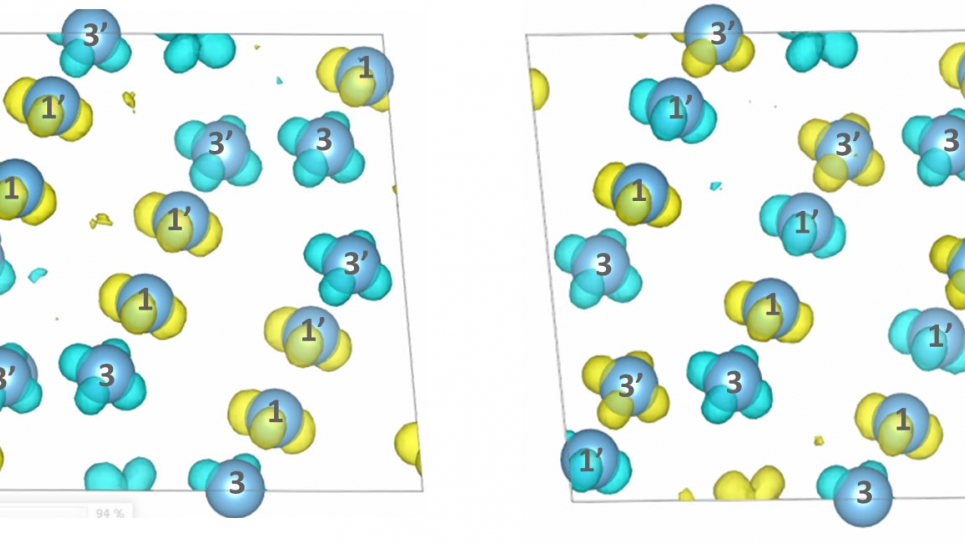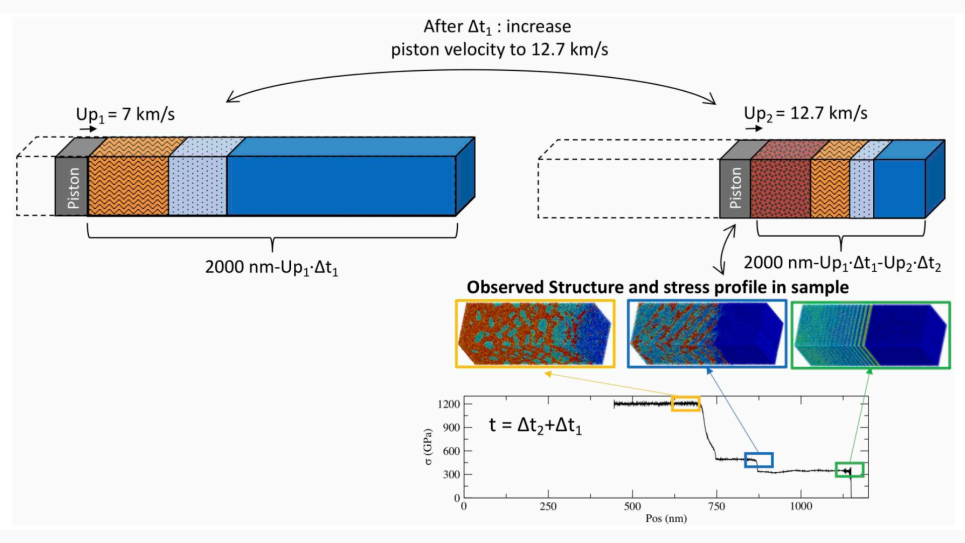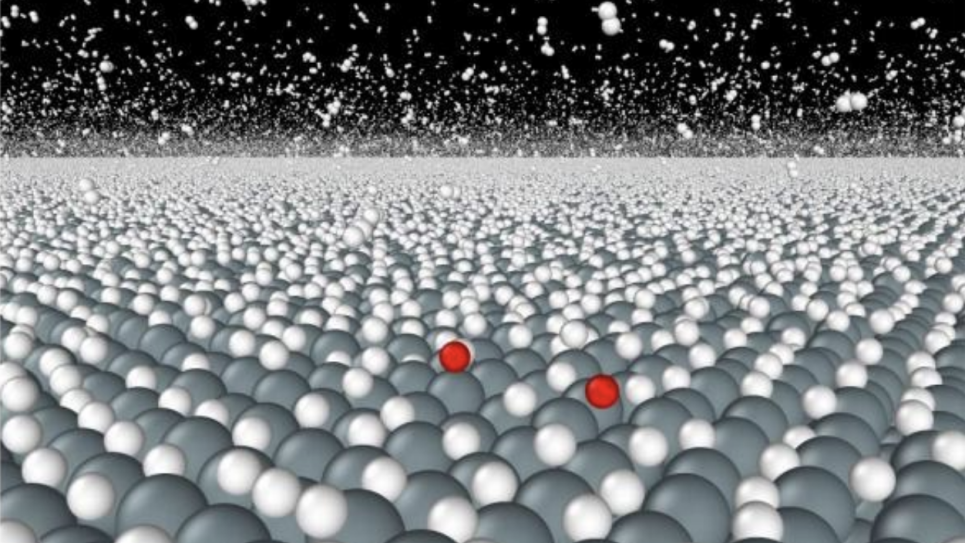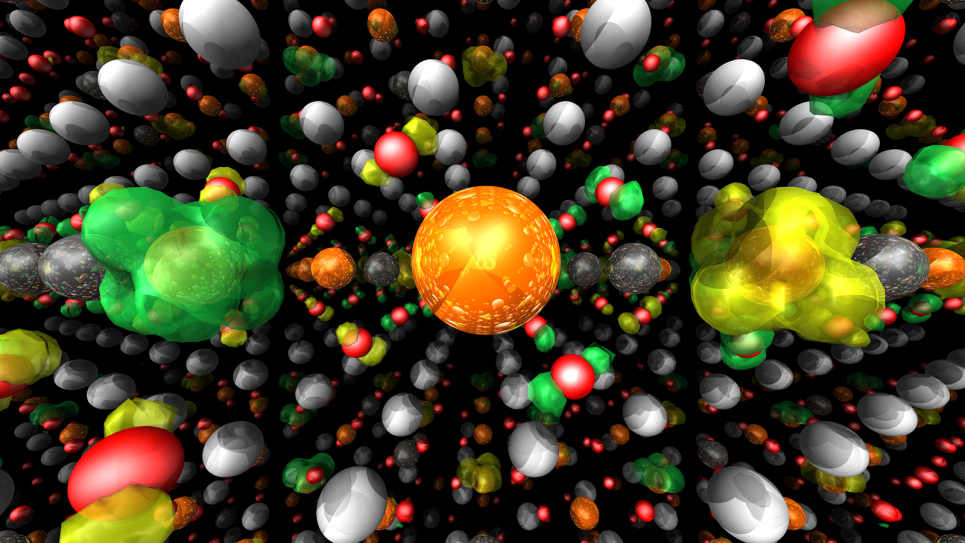
QMC Simulations Database for Predictive Modeling and Theory
Due to its numerical expense, quantum Monte Carlo (QMC) methods were once limited to model systems of small atoms or molecules. Thanks to leadership-class resources such as Mira, QMC methods now allow for rigorous calculations of more complicated materials. This on-going INCITE award focuses on continuum-based QMC to model electronic structure and light nuclear-electronic systems related to heterogeneous catalysis of transition metal nanoparticles, phase transitions, properties of materials under pressure, and strongly correlated materials.
In their third year, researchers aim to study intermediate concentrations of iron-bearing perovskite (Pv) and post-perovskite (PPv) phases of magnesium silicate, of which the bulk of Earth’s lower mantle is composed. Combining these intermediate iron concentration calculations with results from earlier studies, researchers may better understand the impact iron percentage has on the Pv-PPv phase transition, which explains many of the unusual properties observed in the core-mantle boundary layer. Results will also allow for the construction of an accurate QMC-based phase diagram of that transition, utilizing the QMCPACK code ported on Mira.
Work on platinum solids, nanoclusters and surfaces continues with final analysis of the surface energies of Pt(111) and Pt(100), surfaces important in surface and catalytic applications. The team will focus on developing benchmark estimates of extreme accuracy for the adsorption energies of key catalytic species on these surfaces. Successful validation will establish that QMC calculations, with carefully calibrated pseudopotentials, can effectively substitute for experiments in cases where experimental data are not available.


